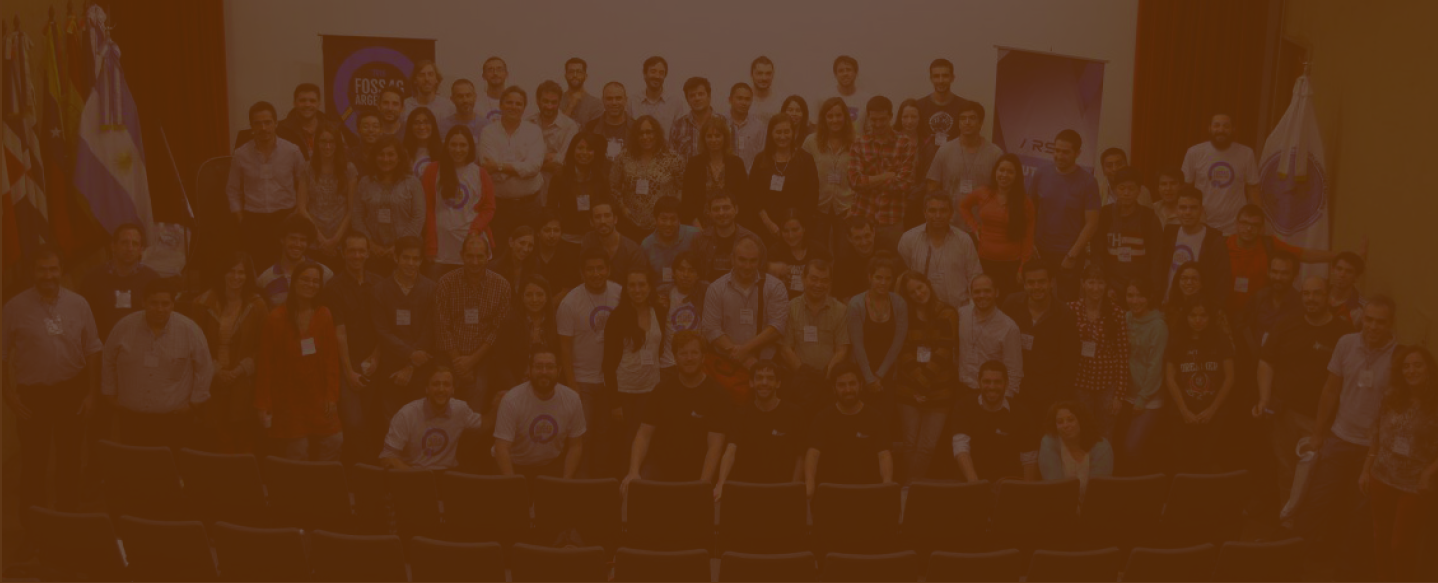2021-09-29, 15:00–15:30, Salta
Innersource is the use of open source practices... within companies for their own and internal needs.
Software development is no longer an ancillary aspect of the activities of large companies and many actors believe that "classic" project methodologies lead to failure and are a source of suffering for the teams.
As a consequence, the innersource movement is rising, and is supported by the spread of so-called agile methodologies because it is a broader reflection on "how to produce sustainable, quality IT projects".
What are the objective and quantified reasons that lead companies to adopt innersource approach ? What is the expected return on investment ? What are the limits of the approach and its links with open source in general ? How is Innersource positive for the OpenSource movement ?
We will present how specific companies put innersource into action, as a few of them allow public communication of their program. The approach is wide-ranging because it deals with technical aspects, but also, and above all :
- governance of projects
- human organization necessary for its operations
- legal aspects of ownership and IP
- communication carried out by the company
Innersource programs also provides feedbacks on successes and failures, improvements needed and key issues. These experiences can be very useful for opensource communities to improve their own processes. We will broaden the presentation by showing how the choice of IT project methods translates into human systems.
Innersource is the use of open source practices... within companies for their own and internal needs.
Software development is no longer an ancillary aspect of the activities of large companies and many actors believe that "classic" project methodologies lead to failure and are a source of suffering for the teams.
As a consequence, the innersource movement is rising, and is supported by the spread of so-called agile methodologies because it is a broader reflection on "how to produce sustainable, quality IT projects".
What are the objective and quantified reasons that lead companies to adopt innersource approach ? What is the expected return on investment ? What are the limits of the approach and its links with open source in general ? How is Innersource positive for the OpenSource movement ?
We will present how specific companies put innersource into action, as a few of them allow public communication of their program. The approach is wide-ranging because it deals with technical aspects, but also, and above all :
- governance of projects
- human organization necessary for its operations
- legal aspects of ownership and IP
- communication carried out by the company
Innersource programs also provides feedbacks on successes and failures, improvements needed and key issues. These experiences can be very useful for opensource communities to improve their own processes. We will broaden the presentation by showing how the choice of IT project methods translates into human systems.
Vincent Picavet - Oslandia
Bertrand Parpoil - Oslandia
Transition to FOSS4G
Topic –Business powered by FOSS4G
Level –1 - Principiants. No required specific knowledge is needed.
Language of the Presentation –English
Director of operations at Oslandia, Bertrand has worked in the GIS field for 15 years in various positions. Since his arrival at Oslandia, he has been carrying out consulting and audit missions for his clients in order to help them migrate towards opensource
Vincent Picavet is an applied mathematics engineer. After a few years working on satellite imagery, he dedicates himself to GIS, designing and implementing spatial data infrastructures with PostGIS. Vincent regularly talks at international conferences, PGConf, FOSS4G or other GIS events. He founded Oslandia in 2009, providing services in opensource GIS.

